Memorial Sites in Jeonju
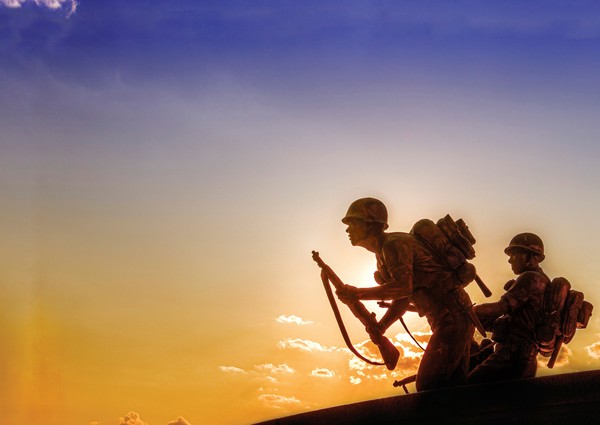
The prolonged fight for democracy in Myanmar has gained the consistent attention of international society. South Koreans were especially concerned because it reminded them of their past. It is easy to forget to feel gratitude for the sacrifices of the past, but movements overseas have awakened them. November is a month of remembering Student Independence Movement Day, the International Memorial Ceremony in honor of the Korean War Fallen, and Patriotic Martyrs Day. To commemorate, the cover article recounts Jeonju’s memorial sites for the three biggest events in Korean modern history: the Korean independence movement, the Korean War, and the May 18th Democratic Uprising.
Without the blood and sacrifice of independence activists, South Korea of today would not have been possible. We must always remember and be thankful for their actions.
Jeollabuk-do Independence Memorial Monument
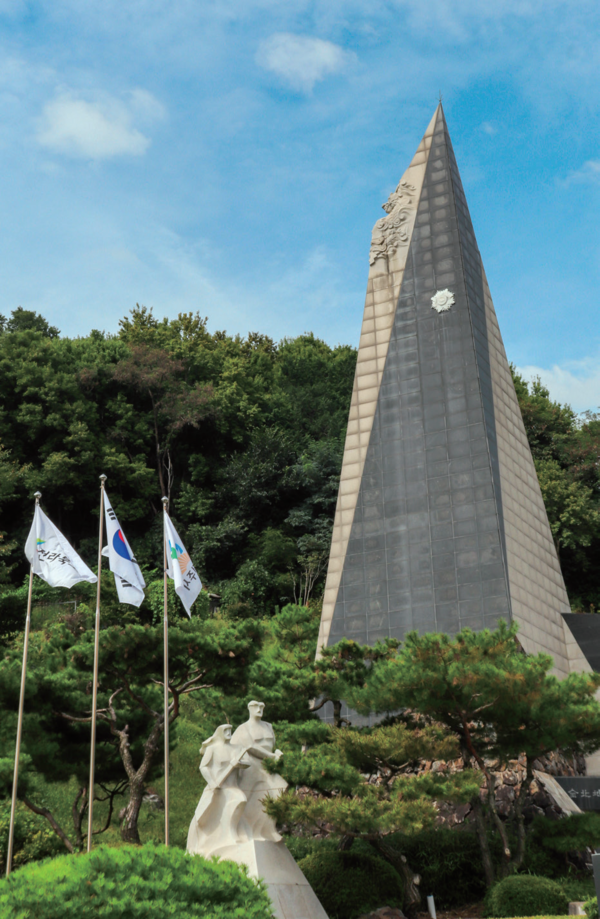
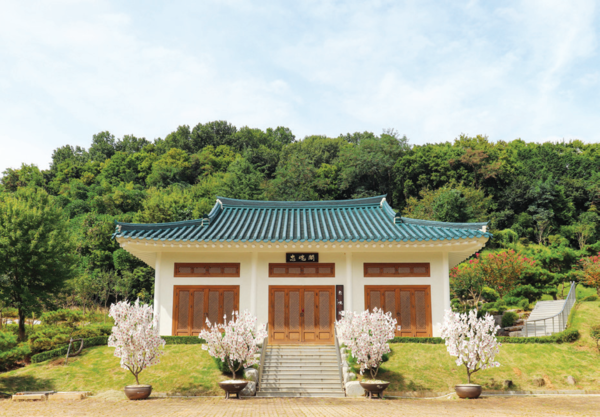
After Japan officially occupied Korea in 1910, Koreans suffered under Japanese rule for 35 years. Japan exploited land and labor as well as destroying the heritage and culture of Korea. They even forced Koreans to change their names into Japanese and banned them from using the Korean language. Many lives were sacrificed, and Koreans lived in fear during Japanese colonial rule. However, Korean independence activists fought back. They organized secret societies, military groups, student activists, religious unions, and a provisional government both in and outside of Korea. After countless resistance movements against Japanese rule, the March 1st Movement successfully united the liberation forces. Korea declared its independence on August 15th, 1945, when Imperial Japan surrendered to the Allies.
Located near Geonji Mountain, Jeollabuk-do Independence Memorial Monument was established to pay tribute to 1,135 patriotic martyrs from Jeollabuk-do. The site consists of Chunghontap Tower, Chunghongak, the memorial stone, and the patriot Ahn Joong-guen’s writing and handprint engraved on a stone. Ancestral tablets and portraits of independence activists lie in Chunghongak and the names of 588 independence patriots are engraved on the memorial stone.
Along with the memorial event at the beginning of every month, a joint commemoration ceremony is held annually on November 17th. Ceremonies are also held on March 1st and October 15th, with the governor of Jeollabuk-do and members of the Heritage of Korean Independence being present . Anyone can visit the memorial at any time and join the ceremonies to pay their respects. Upon request, the Jeollabuk-do Chapter of Heritage of Korean Independence can give a group tour through the memorial monument. Since there is a custodian on site, visitors can freely enter Chunghongak and see the ancestral tablets and portraits of the independence activists. Additionally, Jeollabuk-do-Jeonju Memorial Park will be added to the Jeollabuk-do Independence Memorial Monument, along with a memorial square and exhibit hall expected to be completed next June. “Without the blood and sacrifice of independence activists, the South Korea of today would not have been possible. We must always remember and be thankful for their actions,” stated Lee Kang-an, the President of the Jeollabuk-do Chapter of Heritage of Korean Independence.
Memorial Tower Filled with 509 Patriots’ Spirits

There are people who sacrificed their lives for the country and who made that resolution when they were teenagers. In Jeonju, there is a memorial tower to commemorate the martyrs of the country seventy years ago; 509 students here gave up their studies and held guns to protect Korea during the Korean War. In 1950, the North Korean invasion began the Korean War, whereby soldiers and even students participated in the war. In Jeollabuk-do, more than 27,000 students participated in the war. Therefore, a memorial tower was built to honor them. You can feel their courage and will for the country as shown in the picture. In honor of those who protected this area, the memorial tower is located in the center of Jeonju. Although it is located on the mountain, it is at a height that anyone can easily climb and then commemorate the fallen at the peak. On the way to the monument, there is an explanation of the tower and a long set of stairs which gives us time to sympathize with the warriors as we climb. Like a single gateway, it produces the effect of time seemingly changing from the beginning to the end of the stairs. We can feel the profound effect of the monument from the long tower and solid stone walls extending straight toward the sky, which represents the bravery of Korea's national defense. The unaffected monument provides visitors with a feeling of pure "protection," leaving visitors grateful once more for this sacrifice.
South Korea exists today thanks to the students who fought on the front lines with the conviction of protecting the country during the Korean War. The lives of those who gave up their most precious possession and protected our country should be honored and not be forgotten in the future. It is a perfect time to express our gratitude by emulating their mindset on the upcoming anniversary in November.
The Monument Honoring the Very First May 18th Democratic Uprising Patriot
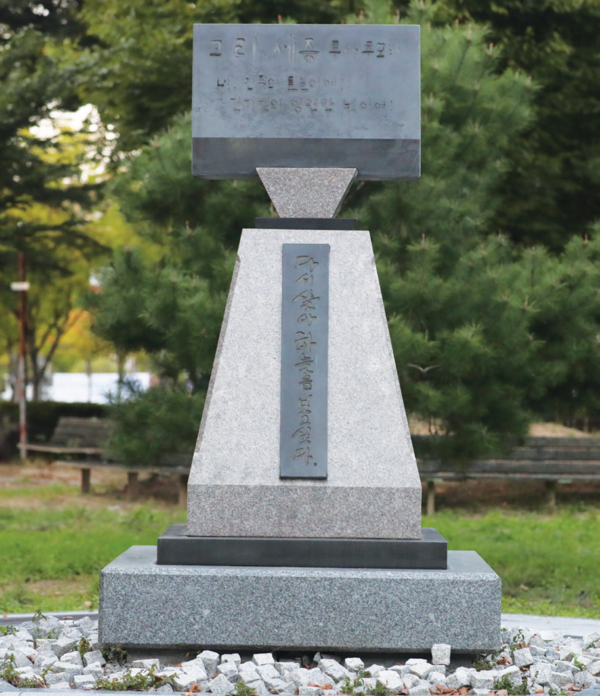
Lee Sae-jong was the first patriot of the May 18th Democratic Uprising. The May 18th Democratic Uprising was a mass protest against the South Korean military government, which took place in Gwangju from May 18th to the 27th. The uprising began by declaring a state of siege by the new military, led by Chun Doo-hwan, at midnight on May 17th, 1980. At midnight, military troops rushed into JBNU. Meanwhile, in the 1st Student Hall of JBNU, Lee Sae-jong held a sit-in protest as president of the General University Association of Honam Area. He was targeted by soldiers and chased up to the roof of the building. He was later found dead.
At that time, it was announced that the cause of death of the patriot, Lee, was from a fall. However, there were clearly scars from beatings found all over his body. The remains of the patriot were enshrined in the cemetery in Mangwoldong, Gwangju, and then moved to the National Cemetery in May 1997. In October 1998, the death of the patriot Lee was recognized as a sacrifice directly connected to the May 18th Democratic Uprising. In 1995, in memoriam of Lee Sae-jong, he was awarded an honorary diploma at JBNU. To honor his ideals of democratization, JBNU has set up a memorial place and monument for Lee Sae-jong. The memorial is located next to the main building of the College of Education. In front of the 1st Student Hall where the patriot died, there is a monument commemorating his sacrifice. At the JBNU Museum, the death certificate of patriot Lee Sae-jong is safekept.
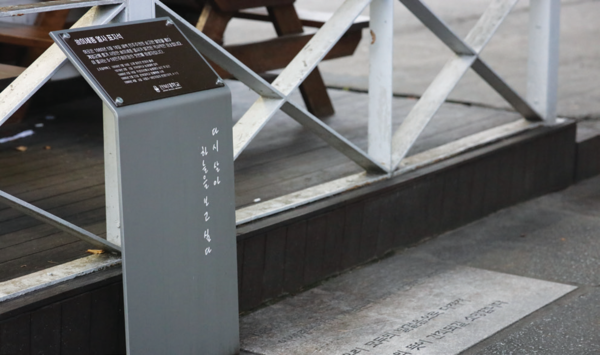
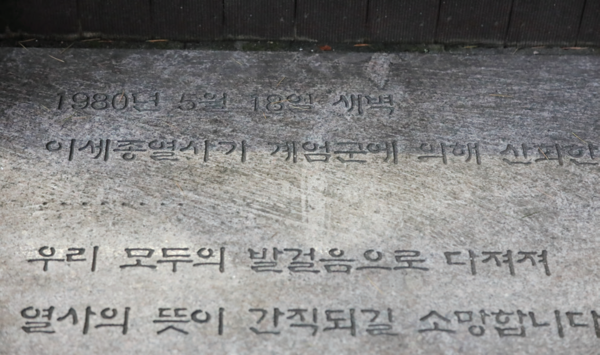
Early in the morning on May 18th, 1980, the patriot Lee Sae-jong was sacrificed by martial law here. Hope that the will of patriot will be kept by our steps.
Myanmar’s Democratization Movement that Reminds of Korean History
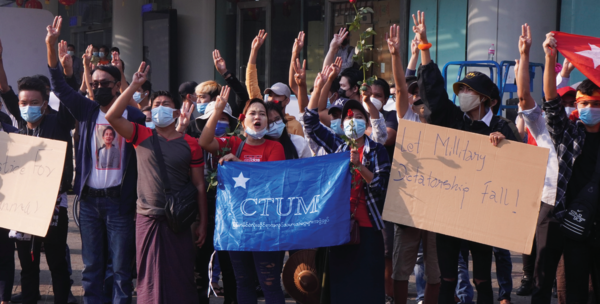
Recently, there has been a movement in Myanmar that reminds us of Korea's democratization movement. Myanmar, where the coup took place, is on the same path as Korea once was. Myanmar’s military took power by detaining senior government officials. Currently, the people are fighting for Myanmar after the provisional government NUG (National Unity Government) declared war on the military regime. Even students are risking their lives for the country and expressing their desire for democratization. Their will, passion, and mindset in difficult situations are respectable behaviors that can be emulated. Burmese people are risking their precious lives just as Koreans once did, and therefore we hope that the results will be the same as it was for Korea; for this reason, we must pay attention to their movement.
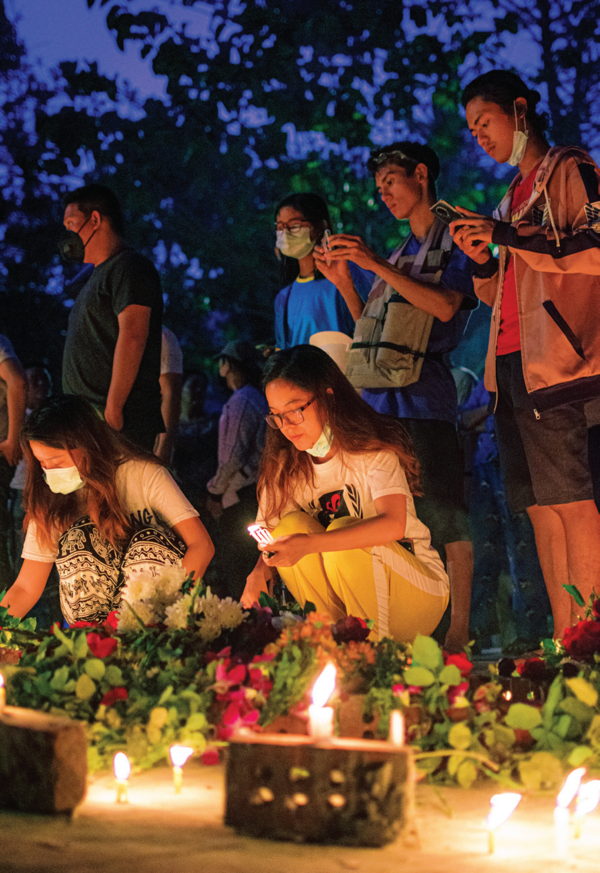
Of the 250,000 years of human history, less than only five hundred years have been lived without war. Even today, in the 21st century, many countries around the world are struggling with civil war and democracy. As a global citizen, JBNU Globe urges you to pay attention to the peace and security of the world. In addition, always live with gratitude in honor of those who have sacrificed for our freedom and the future of the country.
Lee Won-jun Editor-in-chief, So Woobin, Chin Da-youn Reporters

